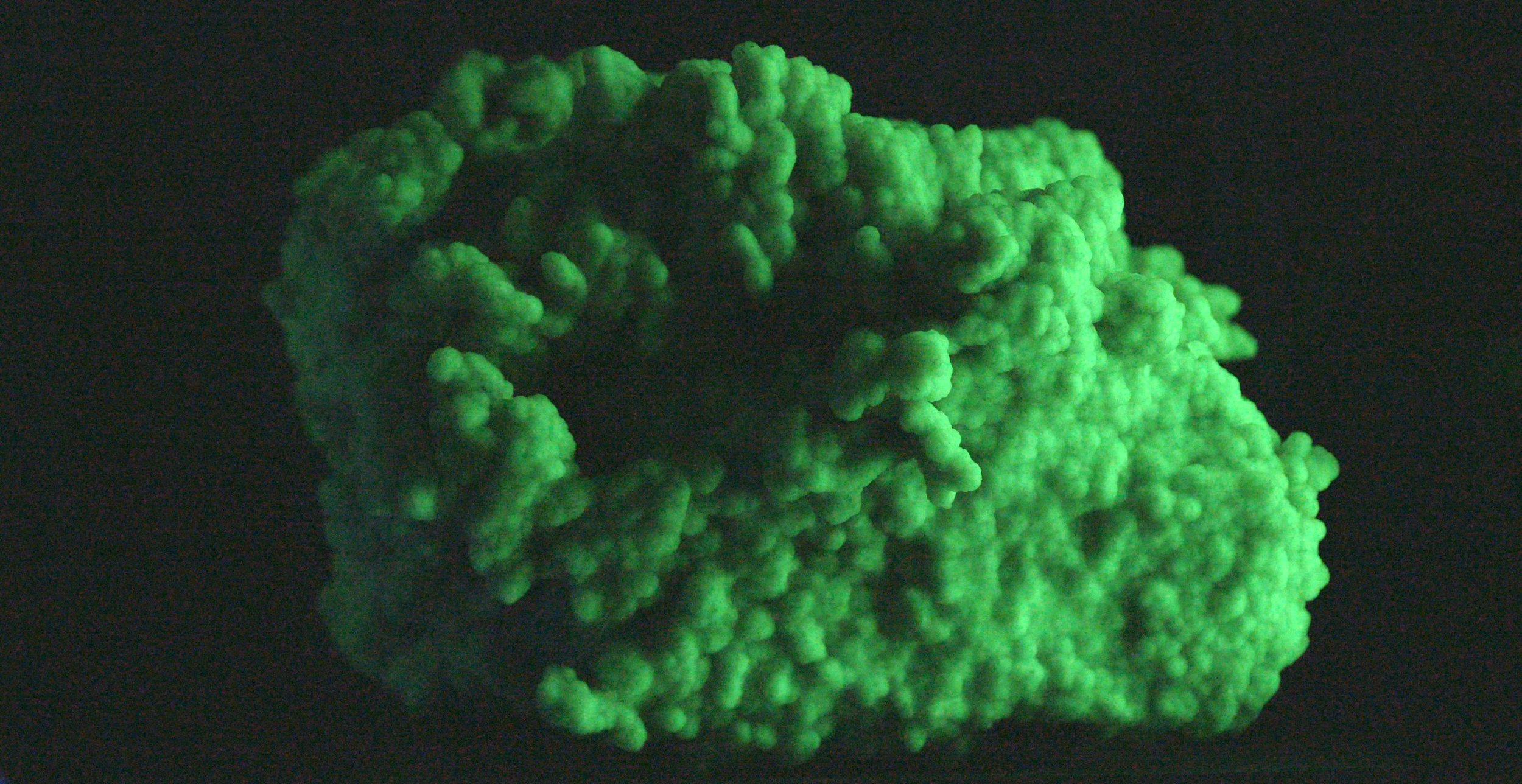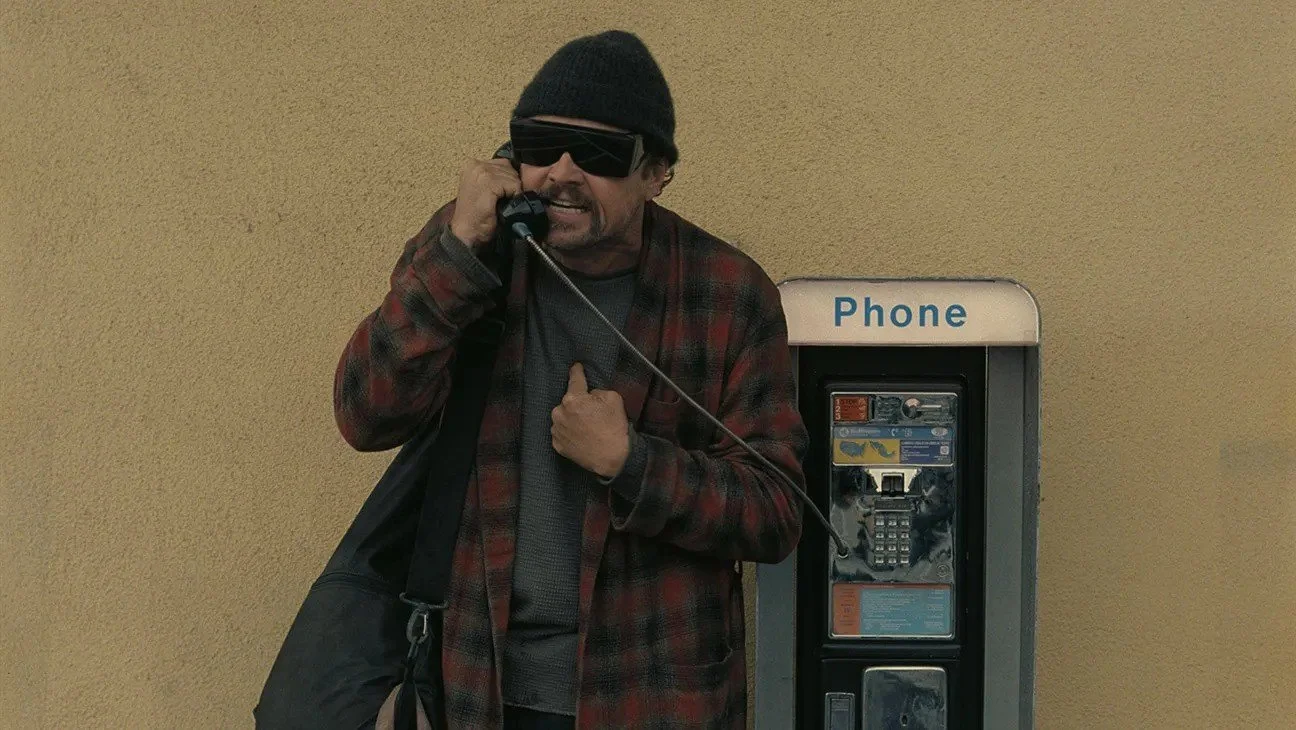Hot Docs 2022: Burial
If you’ve seen Twin Peaks: The Return, you’ll remember the infamous “Part 8” where David Lynch goes on a psychedelic detour into the 1940s and the first testing of the Atomic bomb on American soil. It’s impossible not to think of “Part 8” when watching Burial, Emilija Škarnulyte’s avant-garde documentary about the decommissioning of the Ignalina Nuclear Power Plant in Eastern Lithuania, the sister plant of Chernobyl. Like Lynch’s standout episode, Burial is a nuclear nightmare and a visual spectacle. It depicts its decommissioned plant as an altar to the underworld, a claustrophobic, inhuman space of incomprehensible gadgetry and unimaginable power lurking just out of view.
But where “Episode 8” succeeds in its aesthetic experimentations by drawing on all the terrifying associations that Lynch has explored throughout his career and specifically in Twin Peaks, Burial relies on a generalized fear of nuclear power and some tired visual metaphors involving snakes and other worlds to communicate its thematic warning about said power’s dangers. The craft is impressive and the short running time of 60 minutes makes it an easy watch (as far as avant-garde documentaries go), but the ultimate thesis of Burial—that nuclear power is a mystical energy to once again be locked away in the bowels of the earth—is about as obvious a thematic takeaway as you will find with this subject matter.
On a purely technical level, Burial is impressive. Škarnulyte uses drones and remote cameras to explore high above the cooling towers and deep within the decontamination tanks of Ignalina. Like many avant-garde filmmakers working today, Škarnulyte relies on hypnotic rhythms in editing, ambient music with ominous droning sounds, and circular and parallel camera movements to create a totalizing aesthetic approach. The film does nothing to explicate the functions of the power plant or explain the process of its decommissioning. A few title cards explain the basic details, but we learn nothing about how a nuclear power plant actually works. Rather, Škarnulyte immerses us in the space and forces us to observe the plant’s mysterious function, attuning to the emotional energy of its associations rather than its function as a piece of technology.
This works well enough until it doesn’t, when Škarnulyte turns to forcing our hand with metaphorical imagery and tired juxtapositions. In an ill-advised choice of motif, Škarnulyte repeatedly comes back to footage of a snake wending its way through water or shedding its skin. The mythological association of snakes with danger, unpredictability, and forbidden knowledge (remember the serpent in the Garden of Eden) connects to the power of the uranium minerals, which we view in extreme closeup, with the tiniest gradations on their surface texture recalling craters on the moon. People are scared enough of nuclear power; moving into mythical territory by likening it to a viper at your heels is pushing the emotional emphasis too far.
Being the sister power plant of Chernobyl, Ignalina’s pure existence comes with enough emotional baggage. In fact, its use of the RBMK-1500 nuclear reactor—the same type of reactor that melted down at Chernobyl—is the reason why the European Union forced Lithuania to agree to the plant’s closure as a condition for joining the union in 1999. The filmmakers don’t need to amplify the issue; the mere mention of Chernobyl in title cards and its connection to Ignalina does enough to provide a pallour of dread.
Avant-garde films like Burial only appeal to a small subset of viewers anyway, so it’s likely that the individuals drawn to the hypnotic camerawork and overwhelming dread of this film will not be put off by some of the artistic miscalculations of Škarnulyte’s approach. But when presenting a work with a totalizing aesthetic approach, a small miscalculation can have an inordinate impact. Burial tries for meditative immersion, but to be truly meditative, it needs to quiet the little voice in your head that says, “What about this? What about that?” It’s a high bar to reach, but if you’re trying for avant-garde spectacle, you need to reach it in order to be truly meditative and justify your ambitious, and demanding, artistic approach. The film asks the viewer for total surrender, but it doesn’t earn it.
5 out of 10
Burial (2022, Lithuania/Norway)
Directed by Emilija Škarnulyte.



Ben Leonberg’s Good Boy succeeds entirely due to its novel concept and the very good dog at its centre.